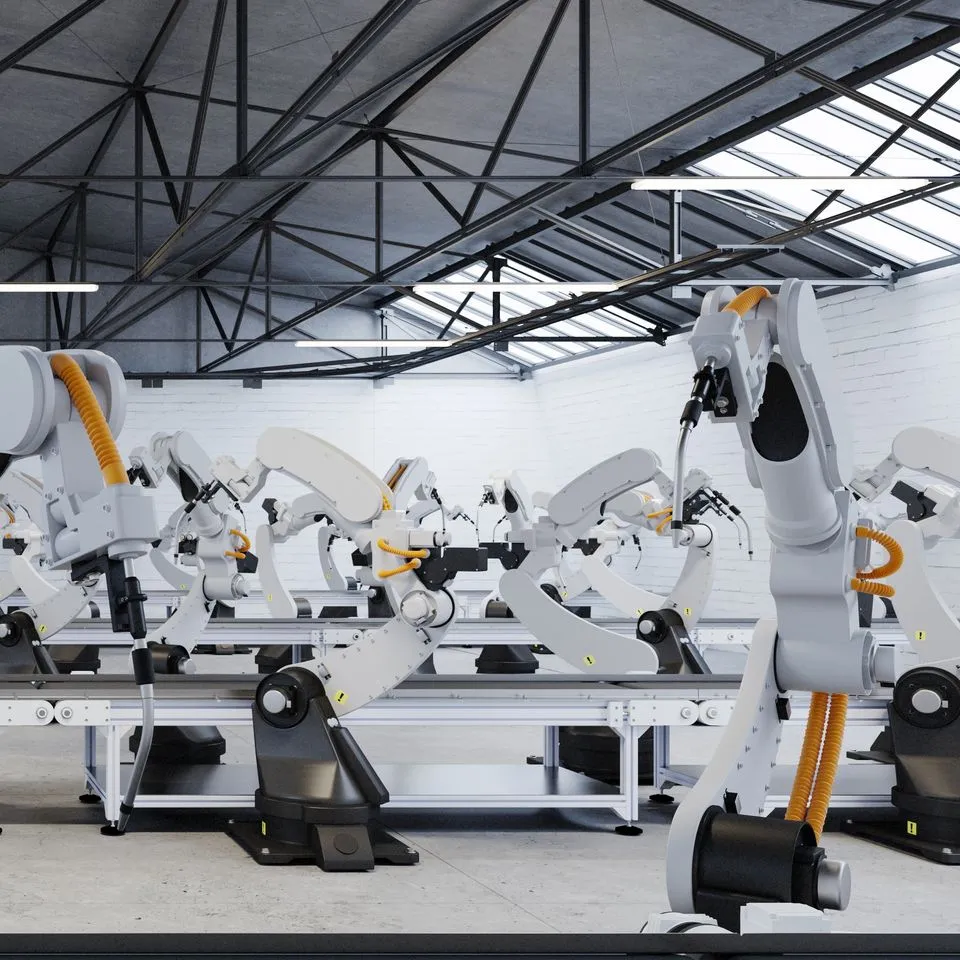Manufacturing 4.0: Unlocking Innovation through as-a-Service
When we talk about innovation, nine times out of ten, we think about technology. It’s understandable; as the industrial sector moves towards “Manufacturing 4.0”, technology is at the heart of the change, bringing automation, the Internet of Things, and AI into businesses.
We often believe that by simply implementing more technology, we’re differentiating ourselves from our competitors. Of course, it is possible, but success often comes less through innovation in technology, and more from businesses that innovate their business model.
Understand your customers’ pain points
This is where listening to customers and understanding what they really need is essential to designing an approach or business model that provides real value. For example, an original equipment manufacturer (OEM) may believe that a mobile application that shows the live status of their industrial equipment would deliver the information that its customers want. However, if the company engages directly with the customer and asks about their specific pain points, they may learn that a digital solution that offers proactive information and insights may be a better solution.
In the transition to manufacturing 4.0, there is an opportunity, not just for companies to digitize their equipment and processes, but to explore new business models that will differentiate them in the market. However, companies need to take an outside-in view of their value proposition to set priorities for the transformation, based on what creates the most value for customers.
Pivoting to subscription models
A great example is utilizing the technology of Manufacturing 4.0 to explore subscription models. The industry is already discussing and exploring these “as-a-service” subscription models, where equipment, automation, processes, and more are offered as a service, with payment based on usage and the outcome. This model has many advantages; it allows service providers to bundle products and services to create more efficient output. Product ownership stays with the vendor, which opens new opportunities for refurbishment and remanufacturing – saving the use of virgin raw material. It also incentivizes the equipment manufacturers to build even better equipment, as they are no longer focused on low sales prices, but on lifetime value and maintainability.
Take Rolls Royce, who introduced an aircraft engine service twenty-five years ago. Highly disruptive at the time, the idea was that the equipment offered a service – an aircraft carrier doesn’t care what engine it uses, it cares about the power that engine delivers. Rolls Royce went from being an engine manufacturer to becoming a service provider of power. It also enabled Rolls Royce to recycle the precious metal used in the engines, lowering costs and reducing the impact on the planet.


How as a Service models can help the transition to Manufacturing 4.0
At Hitachi, we’re leveraging our decades of expertise in industry and innovation to help OEMs and their customers transition to “as a Service” business models. For example, we offer Internal Transportation-as-a-Service, which utilizes autonomous robots to move materials throughout a plant or warehouse to optimize workflow, increase productivity and free up workers. However, rather than requiring a large upfront investment for the robots and software, the “as a Service” business model provides the solution only as an operational expense, billed based on usage. Internal logistics is ideal for “as a Service” support since it is an essential, but unremarkable, part of plant operations. It can help solve seasonal staffing issues and allow qualified workers to focus on more differentiating or complex tasks. Again, this is where a usage-based service has an advantage.
But offering subscription-based models is not trivial. It requires a gradual change to the operating model of a company. Therefore, a structured approach is needed. Innovating business models is like innovating anything else – it requires close collaboration with customers and many small experiments where investments and risks are at a minimum. Those experiments enable “as a Service” offerings to scale to new services, processes, and equipment, ultimately unlocking new value for the company and its customers, and potentially across the entire manufacturing value chain.



